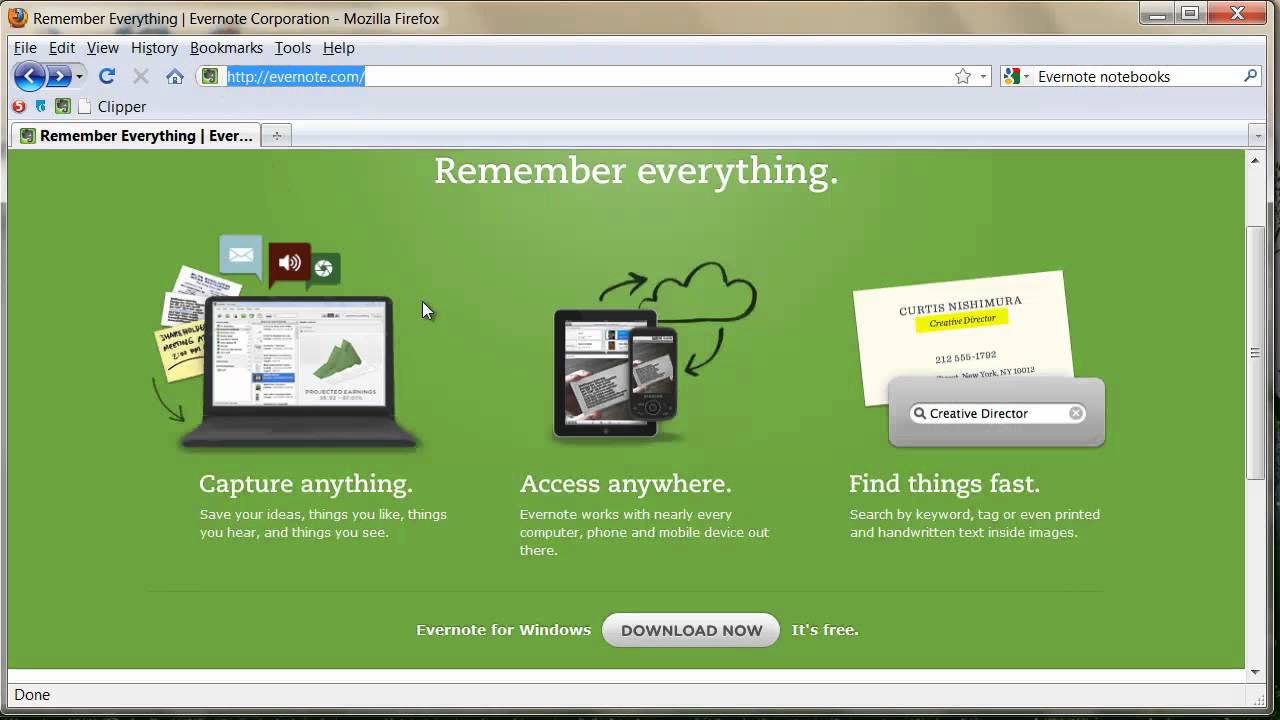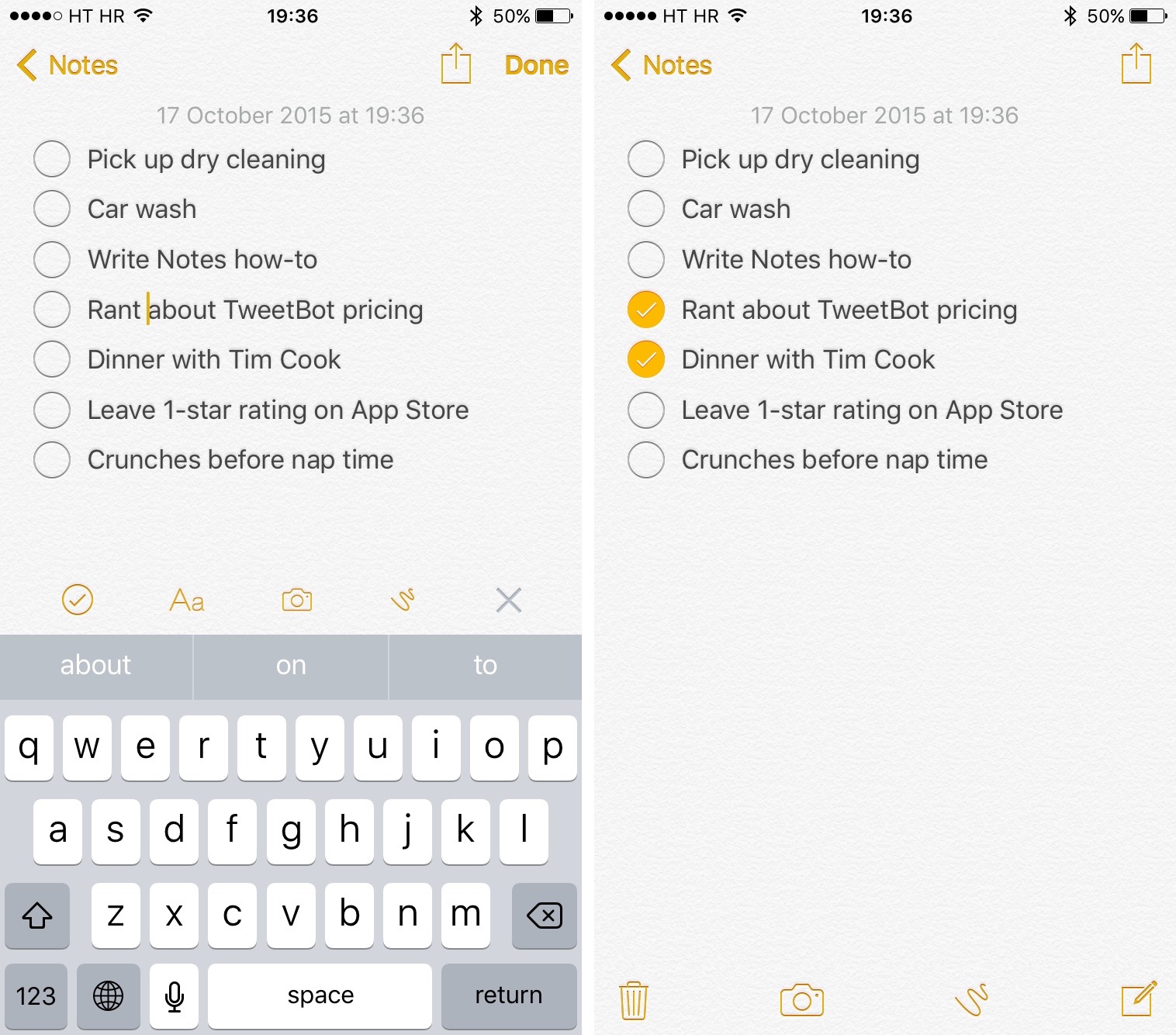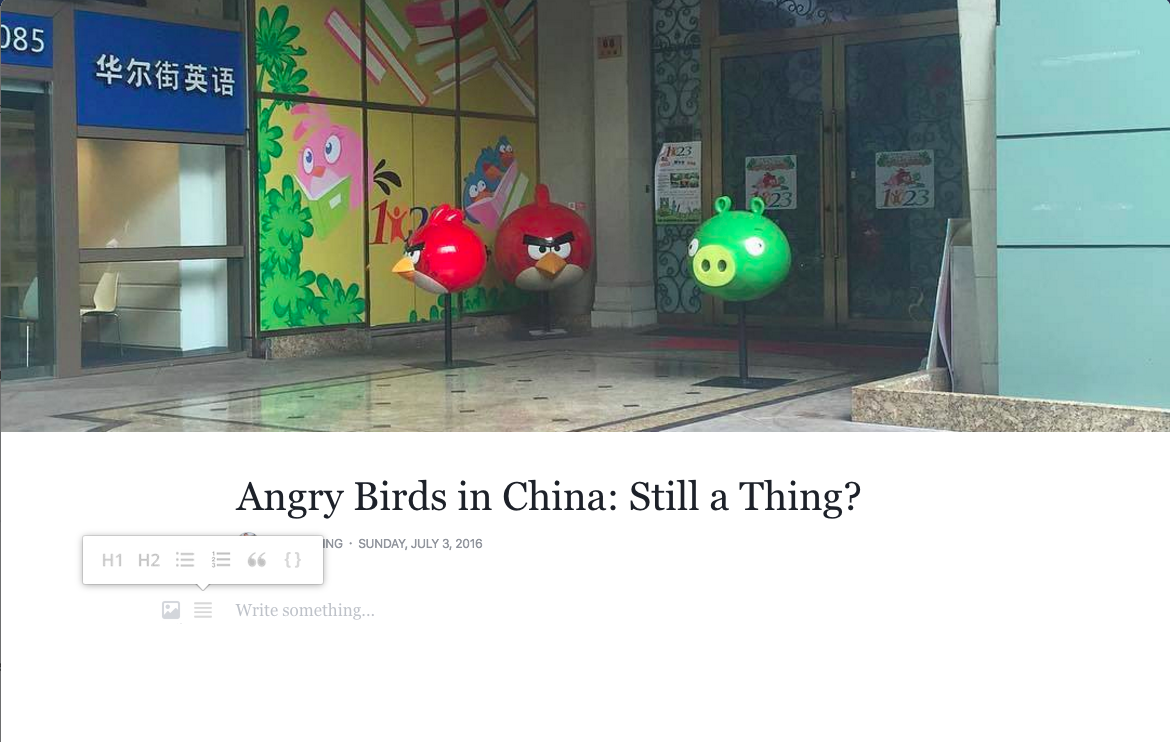Notes for Ever and Never
(This article was originally published on July 5, 2016)
Just how big a part of your life is note-taking? This is a question that the world’s biggest note-taking app Evernote forced its customers to answer on June 28th, when they rolled out a double-whammy of bad news for their users. Firstly, notes would only be able to be synced to two devices at a time, meaning that notes would be lost from the Evernote app installed on third and fourth devices. Not to worry though, since syncing on multiple devices would be available for those on paid tiers, and for those Free users who upgraded.
But…about that…
The prices of the Plus and Premium tiers were conveniently going up at the same time as these new changes were introduced, according to the following formula:
Evernote Plus would increase from $2.99 per month to $3.99 per month, or $24.99 per year to $34.99 per year.
Evernote Premium would go up from $5.99 per month to $7.99 per month, or $49.99 per year to $69.99 per year.
The mathematicians amongst you will realize this is an increase of 33% to 40%, depending if you pay monthly or yearly.
Needless to say, the internet has reacted extremely badly to the announcement, with people threatening to leave and generally getting very angry at the changes. My buddy Stefan Svartling, probably summed up people’s anger best in one of his classic drivetime videos:
But was it justified?
It wouldn’t be fair to say that everyone was annoyed. As per usual, criticisms of free services starting to charge were met with responses from people who thought that a company trying to make money was perfectly acceptable. Once again, the phrase ‘freetard’ was thrown around all over forums to hit back at people who seemingly enjoy using free services, and then get annoyed when features and functions disappear behind paywalls.
They have a point.
After all, free users in services like Evernote add to the overall running costs of the company (albeit not by much, considering the low cost of cloud storage), without putting any money back in. Unlike many free services, Evernote does not show ads and so has no income except for the Plus and Premium members. Evernote adopts the ‘99% free’ model, but has increasingly come to realize that that remaining 1% is not quite enough to support a business that has been losing money since day one.
The original note-taking app…
Furthermore, as it was pointed out repeatedly, thanks to Evernote Web, the syncing limit does not have to act as a barrier of any major concern. Evernote’s web app is still a remarkably powerful tool, and while it isn’t great on mobile, it is still good on desktop. Since it’s effectively a website, and accessible from a browser, it doesn’t fall under the new syncing rules and is a sneaky backdoor workaround. Thus, for someone like myself, who uses Evernote on two phones, a tablet, and two laptops, I could use Evernote Web on the laptops, and sync two of the three remaining devices. For people who use less devices than me (most of the people I know), this may not even be a problem they notice.
The missed point
So the freetard-haters may have a valid argument, at least on the surface. But the bigger and much more significant argument is the one that they missed: the feeling of what’s next.
This isn’t the first time that Evernote has removed a free feature. Last year they controversially removed the ability to email notes into Evernote straight from your mail client. Now I personally didn’t use that, but I do use the syncing feature, meaning that 50% of the recent feature-removals have affected me personally.
Meaning that when they remove another free feature (and the actions of the last year suggests that they will), there is, at least for me, a 50/50 chance that it will be something I need.
Google Keep: a free alternative
For me personally, if Evernote removed the ability to add alarms or tags, I wouldn’t care. But if I suddenly lost the ability to organize into folders or the use of the web clipper, it would be disastrous for my daily routine and work methodology. Now I could upgrade to Plus or Premium to avoid this problem, but as a fair few paid users will tell you, they worry about what’s next too. The recent price increase means that it’s not just free users who have suffered and on the other side is the equation are Plus and Premium members wondering when the next price hike will be. Let’s not forget amongst all this that paid members have seen the price go up despite no addition of any extra features whatsoever. And you needn’t suggest that Evernote will ‘grandfather in’ the current price model for paid users: more than a few of the negative comments on Evernote’s own forum were about exactly the fact that this has never been offered nor discussed.
Apple Notes: getting better and better
And that takes us to the core of the problem: trust. The removal of free features feels like a bait-and-switch, and for people like me who were considering upgrading, we are now re-assessing whether it would be a good idea. Sure, Evernote might be able to trim some of the fat of the free users who will never upgrade, but many of us who were on the fence have seen our hands forced, and many paid users have already started to jump ship. The one thing that most people can agree on is that adding features to a paid tier is a much more effective way of attracting upgrades and new users than removing features from the free version.
Of course, there’s another issue going through many people’s minds: what is happening behind the doors at Evernote? Clearly this move is not only about trimming the fat, but increasing their profit-making and this order is likely to have come under pressure from investors. But does that mean the company is secretly struggling? If so, this only adds to the worry that I might one day lose all my notes, and Evernote begins to become a worry-some burden rather than a helpful tool.
Microsoft OneNote: a lot better than it used to be
What’s most surprising to neutral observers is that this couldn’t have come at a worst time for Evernote. In past years they were engaged in a competitive fight with other note-taking apps like Simplenote, Hackpad and Notability for control of the space. These were similar applications with similar financial resources and Evernote clearly won that war handsomely. But these days, Evernote’s biggest rivals are major internet firms who have huge war-chests and offer note-taking apps as a free or as a loss-leading service to their already huge customer bases. The last year has seen huge improvements in Apple Notes, Google Keep, and Microsoft OneNote (all free, by the way), and all three of these services seem poised to grab some of Evernote’s market share if users make good on their promises to abandon the leading note-taking app.
Hell, even Facebook Notes is pretty good these days. Remember Facebook Notes? Yeah, that’s still a thing. Check out this screenshot to see just how far it’s come since the last time you used it:
Facebook Notes: Still a Thing? Yes.
So, to come back to the original question: just how big a part of your life is note-taking? If the answer is ‘a big part’, your next step would seem to be to sign up for one of the big services mentioned above, in order to make sure that one day you don’t log in to find your Evernotes have become Nevernotes.
Extra Stuff
Check out the reviews of OneNote on the Mac App Store to get some idea of how quickly people have sped to find a replacement. IMHO, OneNote is likely to be the biggest beneficiary of ‘Evernotegate’.
Resources
If you are thinking of migrating away from Evernote, here are a few guides to how you could do that easily and quickly:
Evernote > Apple Notes
Evernote > OneNote
So tell me — what are you going to do? Stick it out with Evernote or transfer everything to one of their rivals? And if so, which one? I’d love to hear — let me know in the comments below :)







